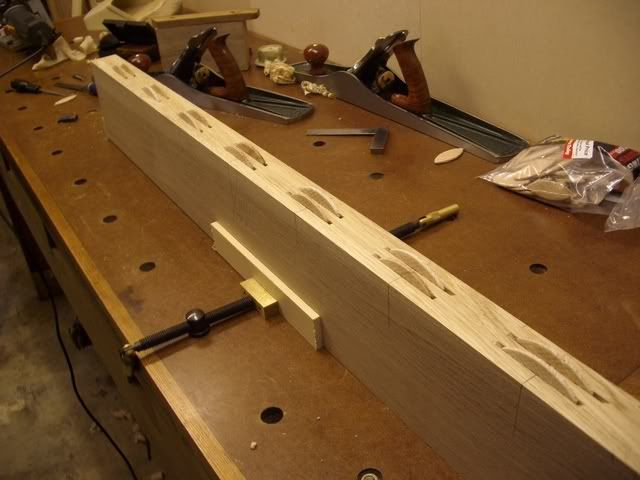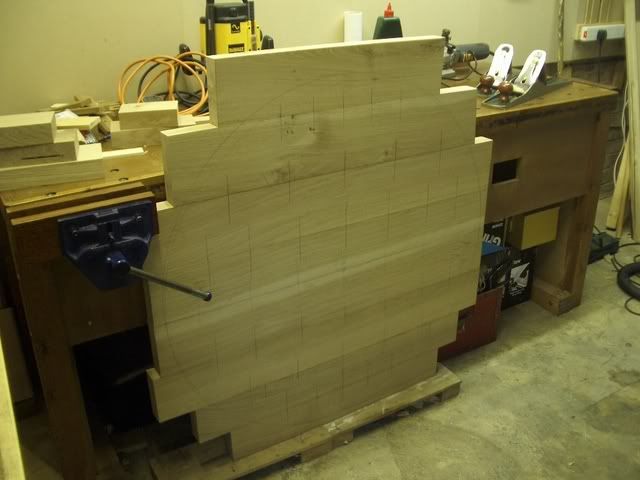Hello all
I'm gonna join together some 190 x 45mm oak for a table top.
My question is whether I should have one or two rows of biscuits.
I know some people say you don't need any but I reckon at least one row is a good idea.
Any comments?
Best regards, Andrew
I'm gonna join together some 190 x 45mm oak for a table top.
My question is whether I should have one or two rows of biscuits.
I know some people say you don't need any but I reckon at least one row is a good idea.
Any comments?
Best regards, Andrew


































